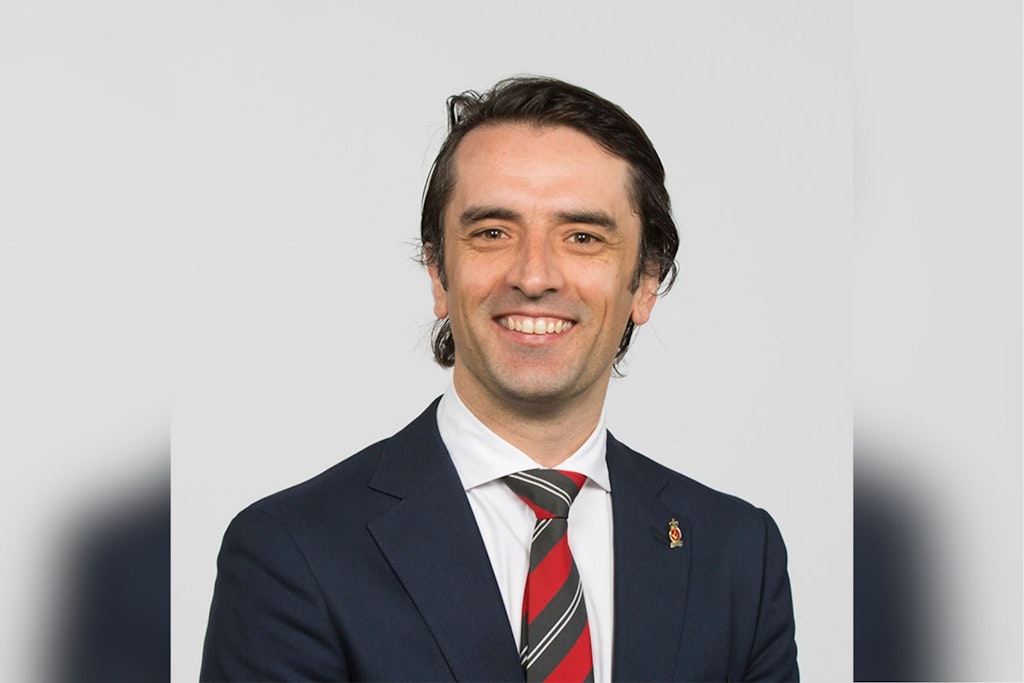Addressing the epidemic of staff shortages in the aged care industry
Published on 18 October 2023

The COVID-19 pandemic has reshaped every facet of society, leaving an indelible mark on healthcare systems around the world. Australia’s healthcare sector, while celebrated for its resilience, was not immune to the challenges posed by the pandemic.
A significant and lasting consequence has been the acute shortage of healthcare staff, a crisis that continues to impact the nation’s ability to provide timely and quality care.
Hello leaders sat down with Royal Freemasons’ Benevolent Institution’s Deputy CEO and Chief Financial Officer, James Shaw, to discuss the root causes of Australia’s healthcare staff shortage, tracing its origins back to the COVID-19 pandemic, and explored the measures being taken to address this pressing issue.
While Australia’s healthcare system has many strengths, it is not without its challenges. The health workforce includes over 700,000 registered medical practitioners, nurses, midwives, dentists and other allied health professionals. As this number continues to grow, so does the demand on the health system due to an ageing population with Australia’s population of people aged 65 and above estimated to double by 2057.
Sneha Krishnan: What would you say was the defining factor in the aged care industry that led to the widespread staff shortages?
James Shaw: I would say that aged care was heavily impacted during the Covid outbreak as were other health services because they were at the front line of the pandemic. Even today our workers are going into residential care services, and they’re still being required to wear masks for their entire shift. That places a burden on them and on our residents, it doesn’t really help make a homely environment.
SK: How has the workforce shortage impacted the residents’ lifestyles and care requirements?
JS: I guess the biggest issue is when we haven’t been able to find permanent staff members to join our teams with the industries and we had to rely on agency staff to take up their place. However, the issue with agency staff is that the same staff member can come in today, but then a different staff member will come in tomorrow.
Usually, each of our team members get to know the residents and they become part of the family that looks after that resident. They take the time to know what they’re likes and dislikes are, they learn how they react at different times of the day as well as other little nuances about the resident But if the staff member changes all the time, they don’t get to see that because they don’t build that rapport with them.
SK: Several providers are recruiting healthcare staff from overseas at the moment and we assume it must be a time consuming process. What is the process like?
JS: There are two aspects to the recruitment process. The first aspect is sourcing staff and then we go through our normal recruitment. But then we have to place those staff members from overseas into our communities and accommodating them can be challenging. In regional New South Wales particularly, housing is in finite supply. Rents are very high and property prices are still relatively high at this point in time.
So we have built and installed a number of container homes and have repurposed existing buildings to create accommodation on our sites. We have procured additional housing and then we’ve sourced and rented a number of properties and continue to do that.
SK: Has there been any backlash from local nurses and care staff regarding overseas recruitment?
JS: It certainly has been a process that we’ve learned as we’ve gone through the various inflow of overseas staff members so to speak. These staff members are not here to take away hours or to reduce reliance on our local or existing staff. This process helps us in filling those gaps, which enables providers to focus on the health and wellbeing of our existing workforce by reducing overtime and the reliance on a number of key staff members.
SK: Has the recent 15% pay increase been welcomed by staff members and do you think it has helped with staff retention?
JS: I would say it certainly has been welcomed. The cost of living pressures in the industry are immense being one of the lowest paid industries in Australia. It goes a long way to alleviating some of that financial pressure. In saying that, I think there’s still more to be done for our workforce for those that did miss out on the pay hike.
There have been concerns raised as to why they missed out and we went and provided them a 5% increase in July this year. As for staff retention, before the pay increase was announced, we were seeing and hearing a lot of staff that were leaving the industry to go to other industries or to similar care settings that were paying additional and that rate was still higher than what the 15% was.
But turnover rates have certainly decreased in the last six months and that has been our focus. We have rolled out a variety of different programs from employee benefit programs to wellness activities for our staff so they get the time to look after themselves too.
The Australian aged care sector might continue to rely on overseas recruitment in the years to come as we simply might not be able to generate enough workforce to care for our increasing ageing population with the new staffing regulations coming into effect. But providers seem to want to continue to rely on local recruits as they bring with them a feeling of community, especially in remote and regional aged care homes.
RFBI was founded in 1880 to assist those in need at a time when there were no Government funded social welfare programs. 143 years later, they still pride themselves in fulfilling this role through provision of aged care services, and through benevolence and annuity programs.